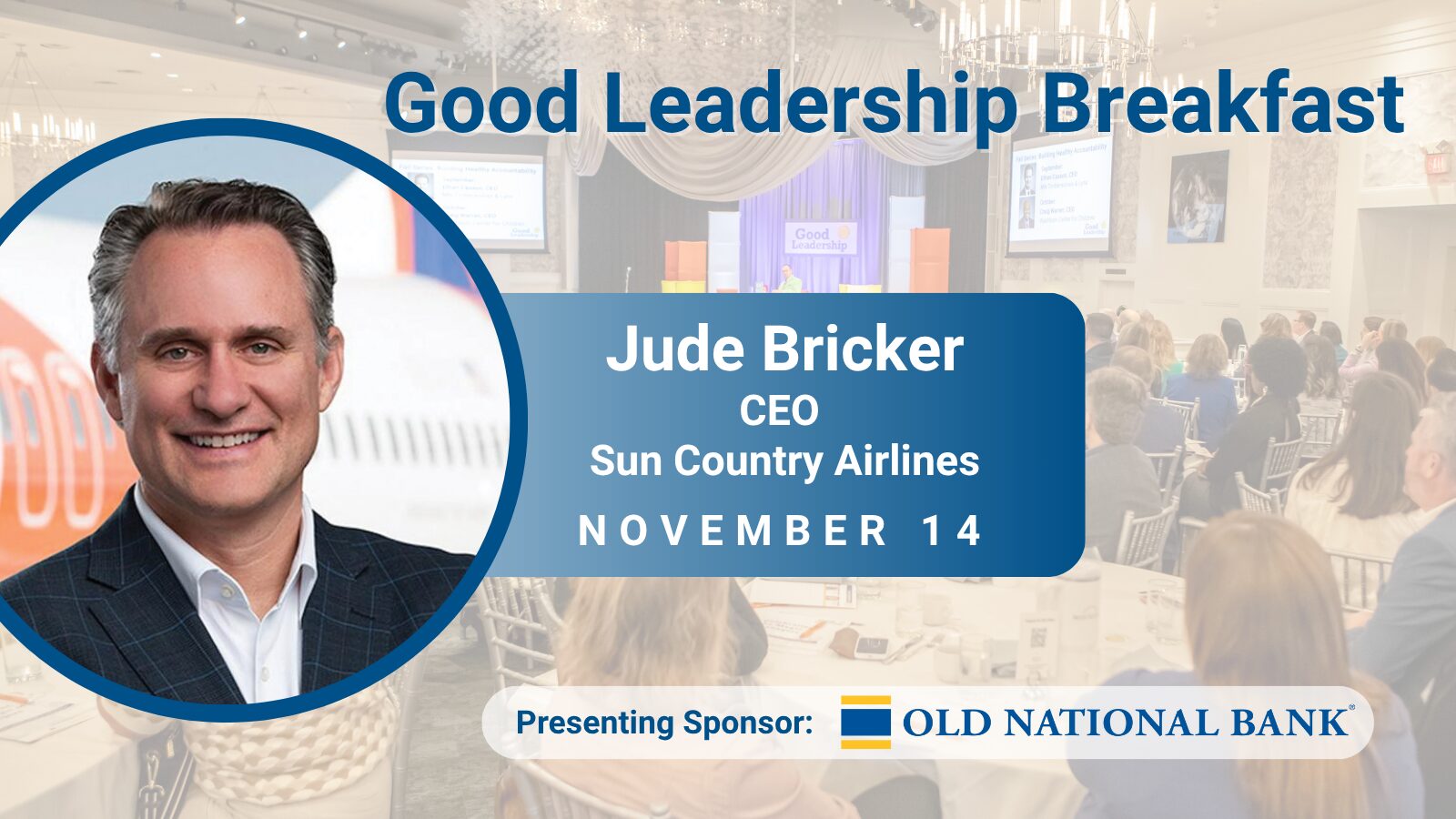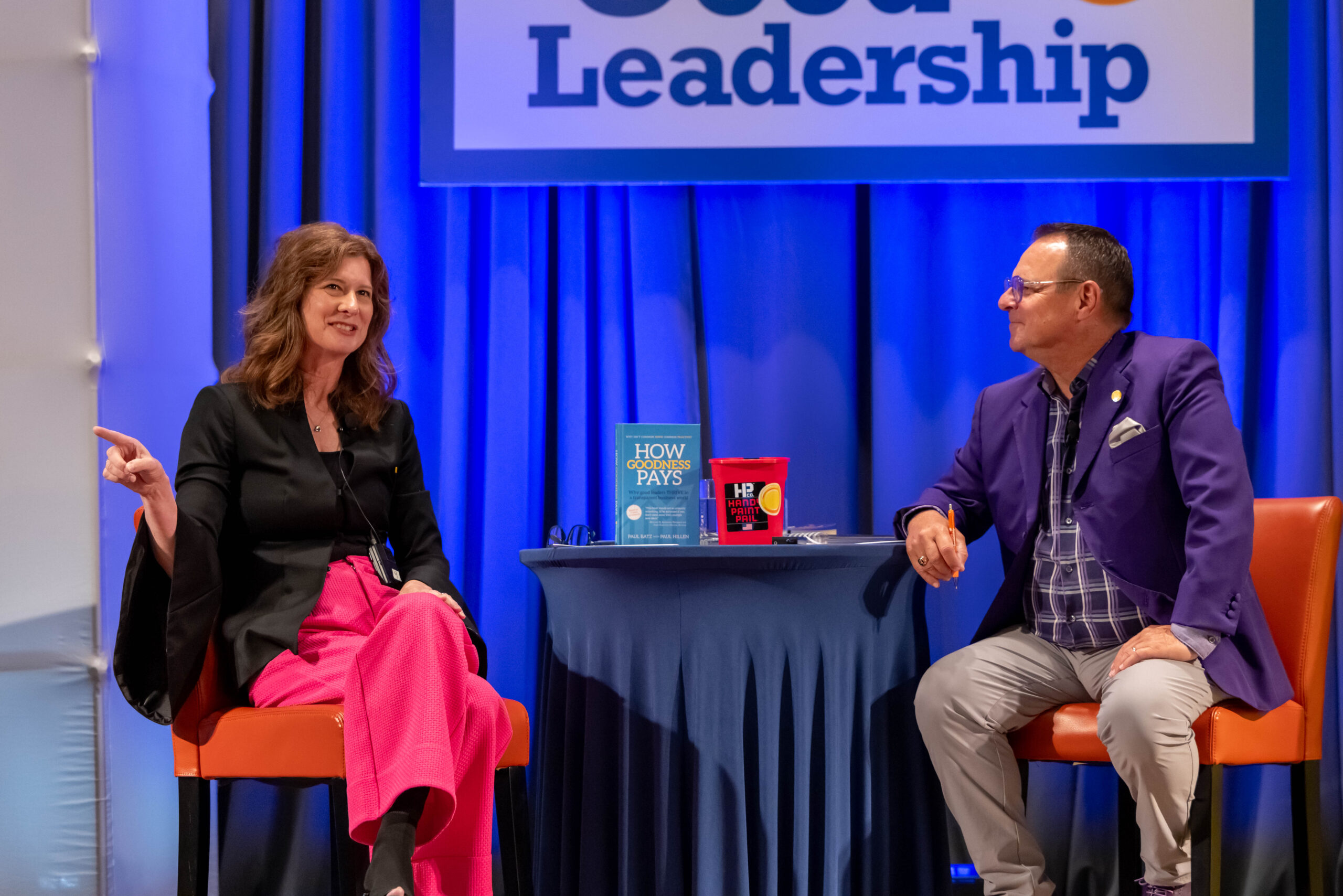

Good Leaders: How does goodness “pay” for you?
Paul Batz

The debate about the value of “soft” and “hard” business results isn’t new. But it’s taking on a new meaning for our writing team as we negotiate with skeptics on the value of goodness in business. I’m grateful for the discerning questioning from my writing partner, Paul Hillen. He’s a professionally-trained skeptic, who learned a “prove it with data” orientation from a marketing mentor at P&G. That perspective served him well at Cargill, and now at Platinum Equity Partners. Here’s how we are working together to make a “soft” concept cut through the skeptical firewalls:
Normally, things like employee engagement, community involvement, industry reputation and product/service quality are considered important by most leaders but also “soft.” Because Investors, bankers and business owners really only respect bottom-line performance and positive financial results – the things that are considered “hard.”
Sustainability is a benefit of goodness
The argument starts when we discuss what role the “soft” things have in creating those “hard” results. Which comes first, positive financials, or things like goodness? Hillen is helping me see how to create measurements for the “soft” stuff that really makes a difference financially.

A lot of people are stepping forward to voice their opinions about this subject. Lynn Casey, CEO of Padilla, and twice a past speaker at the Good Leadership Breakfast, was one of 15 highly acclaimed leaders lending their insights to this project. In her book interview, Lynn said it this way, “Many leaders can create a short-term frenzy of activity that will produce a profit,” she observed. “But, the goodness test is whether or not anyone will want to come back to work with that leader when they have to produce those results again.”
The payoff
So, the real test of goodness is: when it’s time to start a new project, launch a new product, or create a new company…will the people involved in the last gig want to work with you again? Goodness is magnetic – if you have it, the best talent will be compelled to join you again.
One of the payoffs of attracting an A-team quickly, is spending less time and money on recruiting and hiring. With less time spent finding and building a team, a leader can move faster taking ideas to market, which also costs less. How is that “soft?”

Always learning
What we’re learning is that goodness, like many aspects of leadership, is difficult. It means creating an environment where people believe they can thrive together. It comes alive fastest through encouragement, accountability, and good teamwork. That’s what people crave from their work these days.
Good leaders embrace the challenge of proving how the “soft” stuff plays a role in creating “hard” business results. And they lead in ways that are magnetic, so the best talent is compelled to come back to work.
Please share with me: How do you think goodness “pays” for you?



